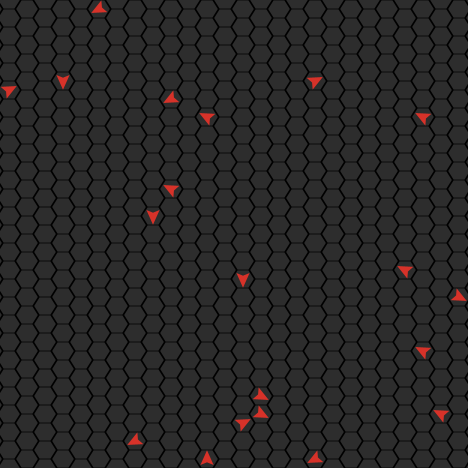

Notice that increases and decreases in the sizes of each population are related. When grass is not included, watch as the sheep and wolf populations fluctuate. when grass is included, one unit of energy is deducted for every step a sheep takes.one unit of energy is deducted for every step a wolf takes.SHOW-ENERGY?: Whether or not to show the energy of each animal as a number GRASS-REGROWTH-TIME: How long it takes for grass to regrow once it is eaten GRASS?: Whether or not to include grass in the model

WOLF-REPRODUCE: The probability of a wolf reproducing at each time step SHEEP-REPRODUCE: The probability of a sheep reproducing at each time step WOLF-GAIN-FROM-FOOD: The amount of energy wolves get for every sheep eaten
#Netlogo breeds Patch#
SHEEP-GAIN-FROM-FOOD: The amount of energy sheep get for every grass patch eaten INITIAL-NUMBER-WOLVES: The initial size of wolf population INITIAL-NUMBER-SHEEP: The initial size of sheep population
Look at the POPULATIONS plot to watch the populations fluctuate over time. Look at the monitors to see the current population sizes. Press the GO button to begin the simulation. Adjust the slider parameters (see below), or use the default settings. Set the GRASS? switch to TRUE to include grass in the model, or to FALSE to only include wolves (red) and sheep (white). The construction of this model is described in two papers by Wilensky & Reisman referenced below. This variation is more complex than the first, but it is generally stable. Once grass is eaten it will only regrow after a fixed amount of time. The behavior of the wolves is identical to the first variation, however this time the sheep must eat grass in order to maintain their energy - when they run out of energy they die. The second variation includes grass (green) in addition to wolves and sheep. This variation produces interesting population dynamics, but is ultimately unstable. To allow the population to continue, each wolf or sheep has a fixed probability of reproducing at each time step. Each step costs the wolves energy, and they must eat sheep in order to replenish their energy - when they run out of energy they die. In the first variation, wolves and sheep wander randomly around the landscape, while the wolves look for sheep to prey on. There are two main variations to this model. In contrast, a system is stable if it tends to maintain itself over time, despite fluctuations in population sizes. Such a system is called unstable if it tends to result in extinction for one or more species involved. This model explores the stability of predator-prey ecosystems. Do you have questions or comments about this model?






 0 kommentar(er)
0 kommentar(er)
